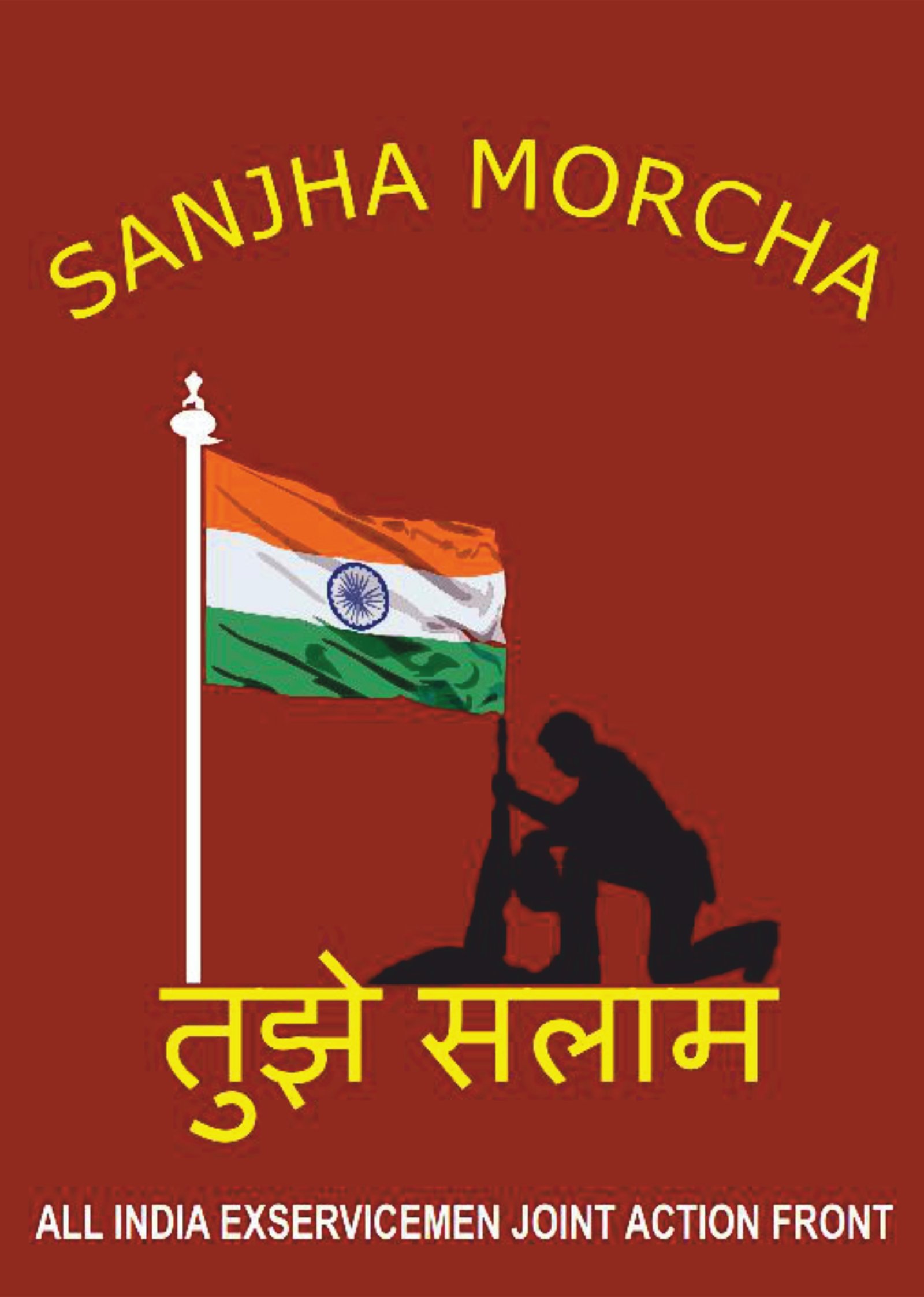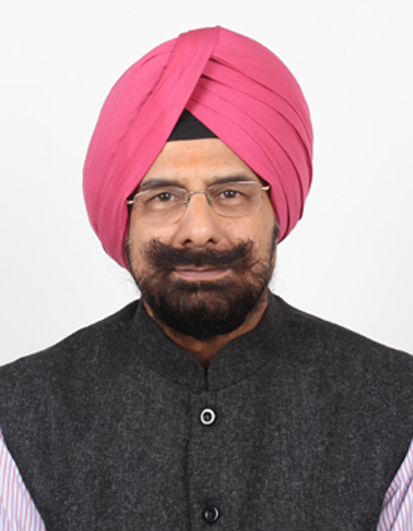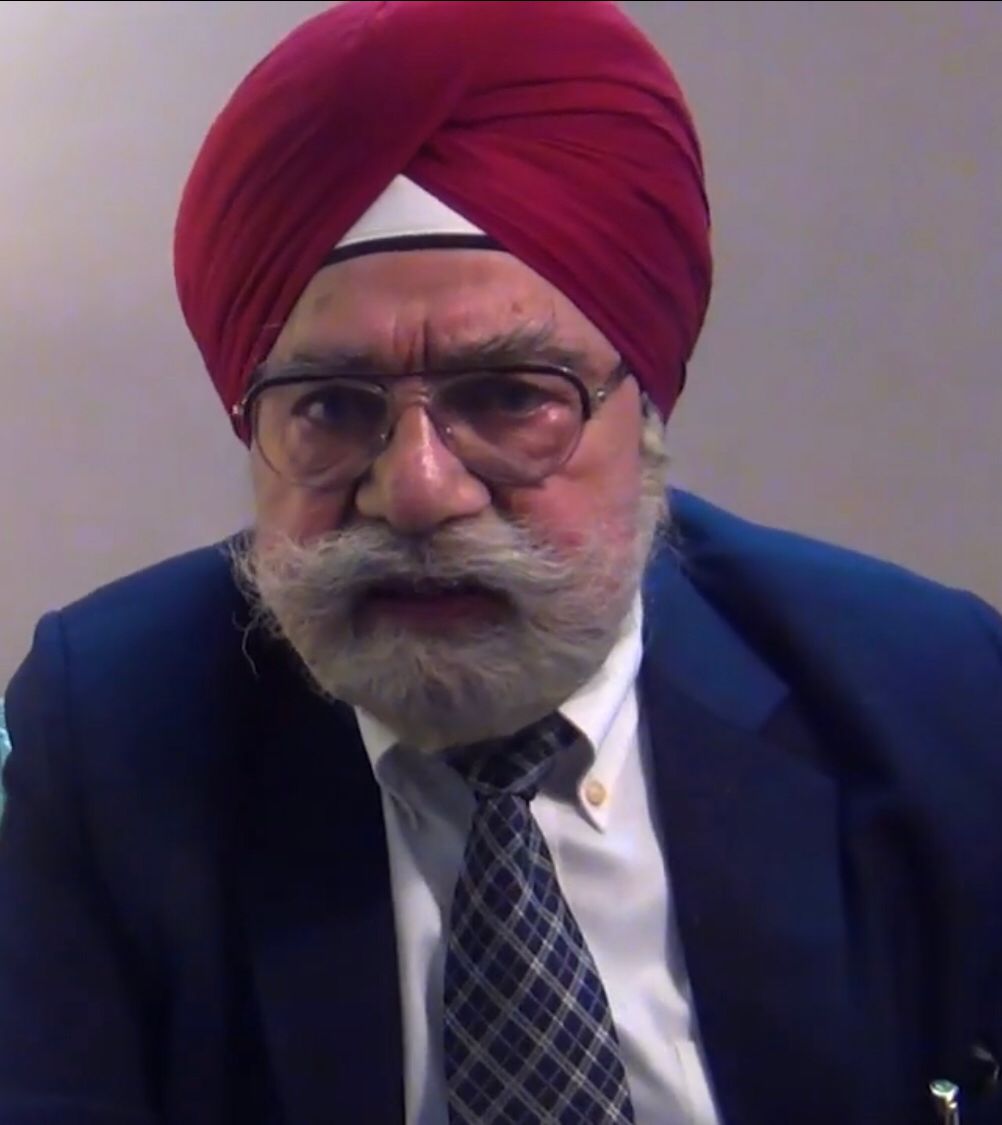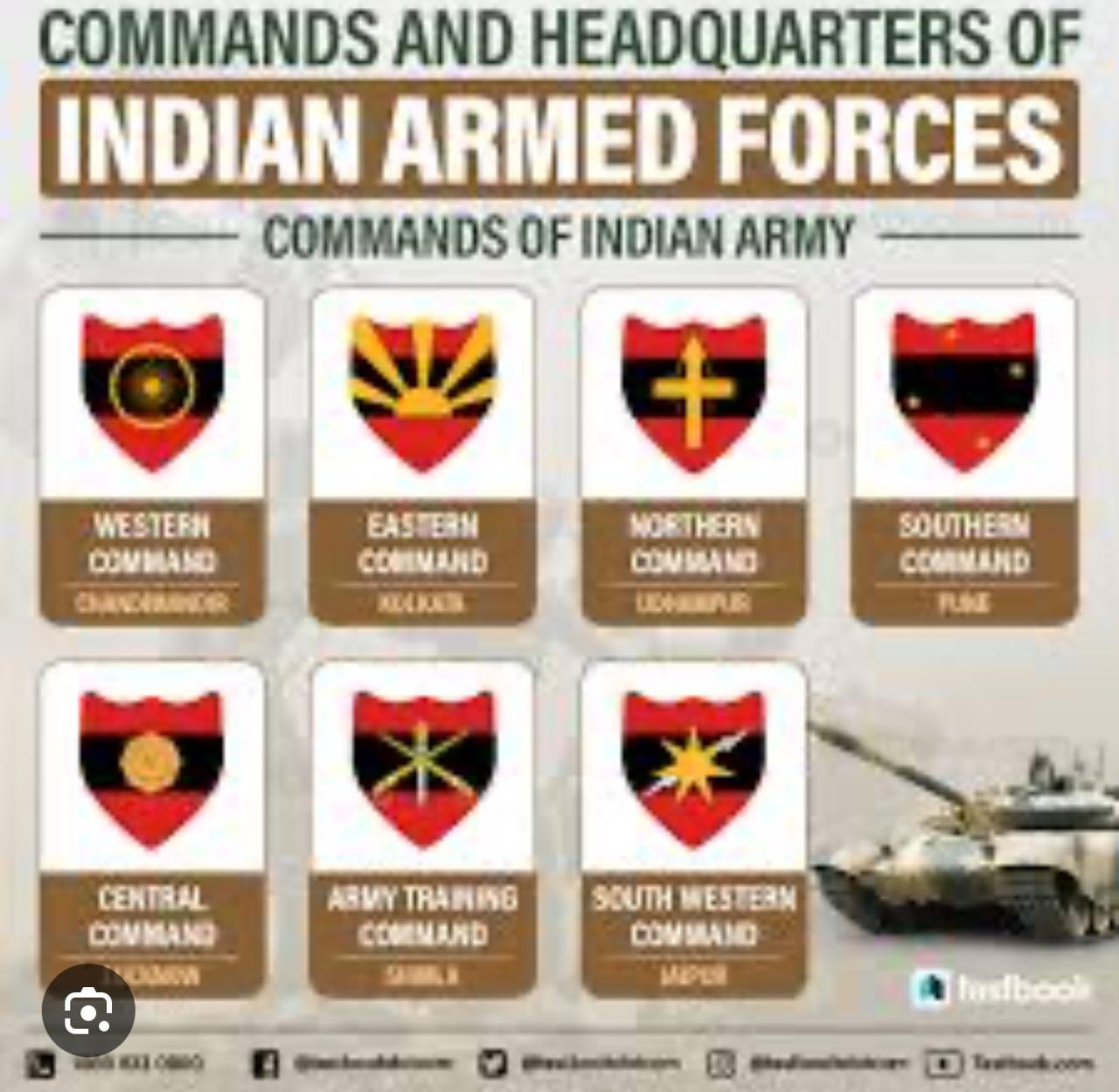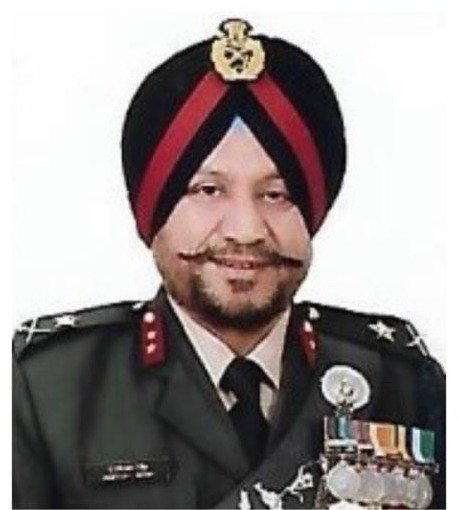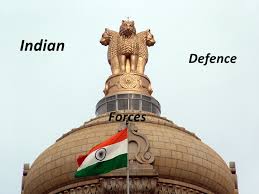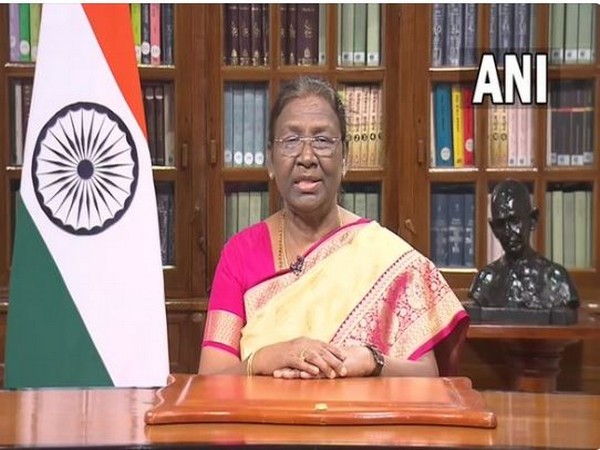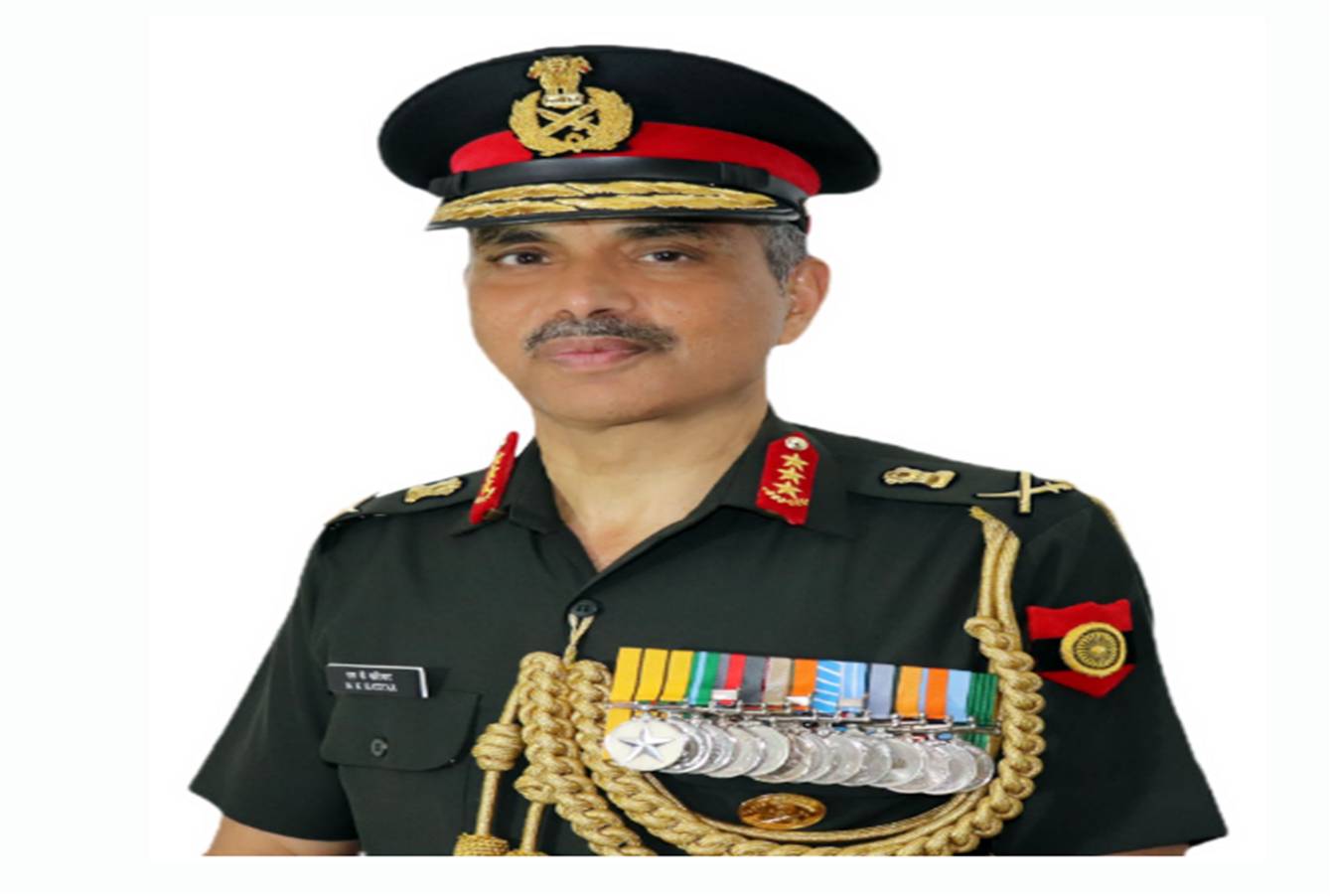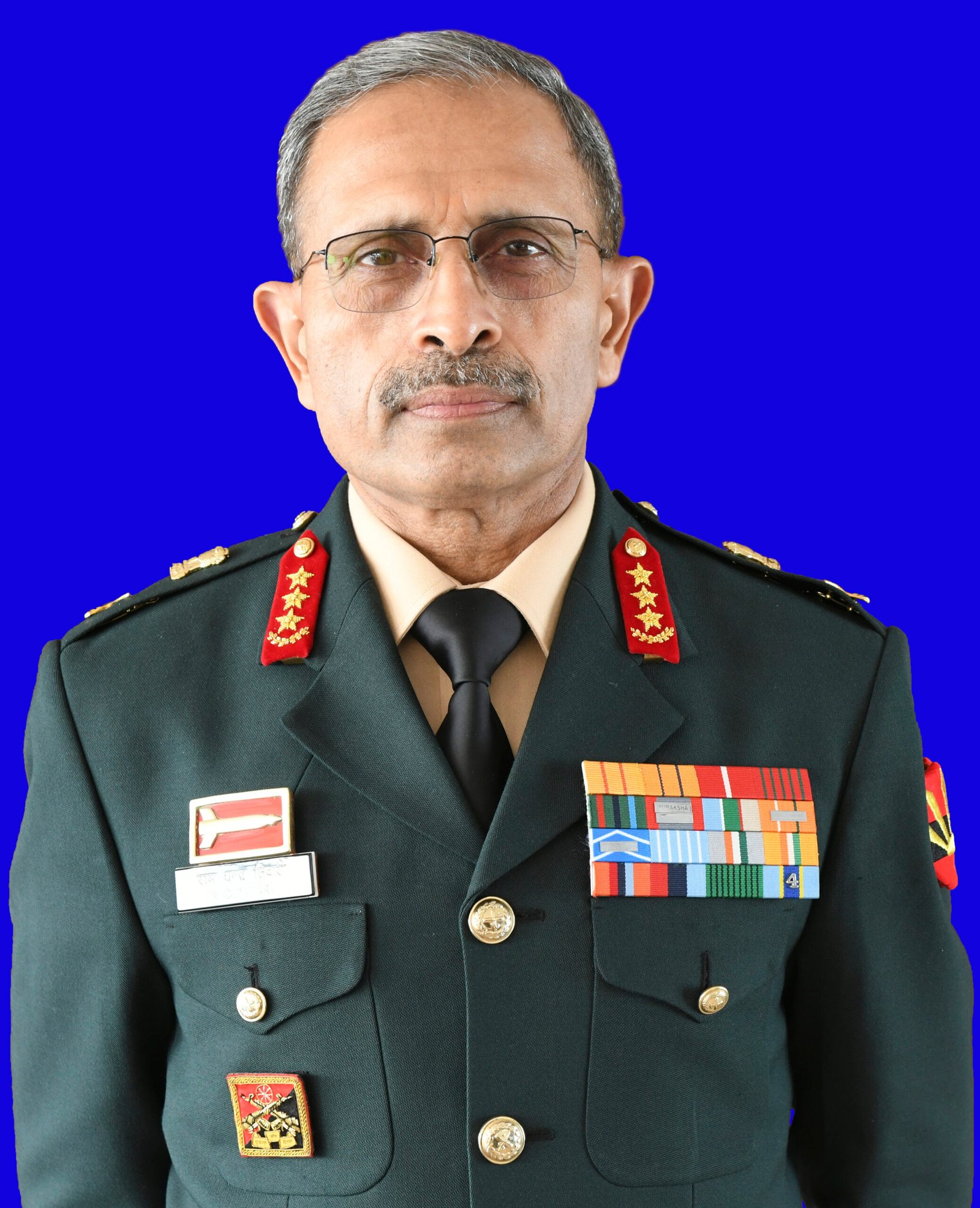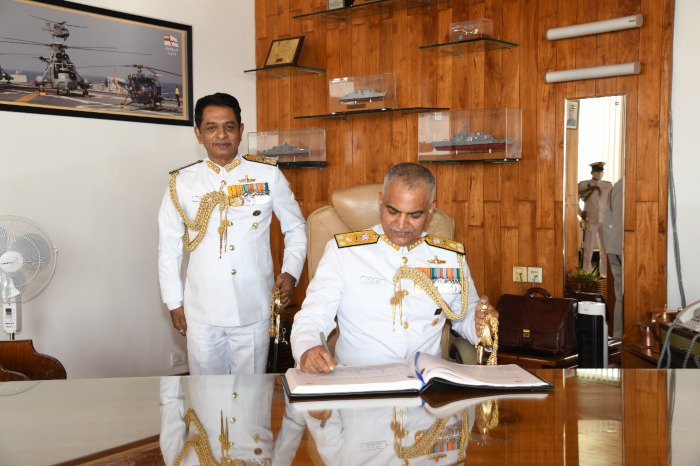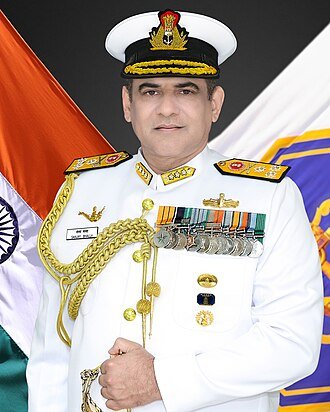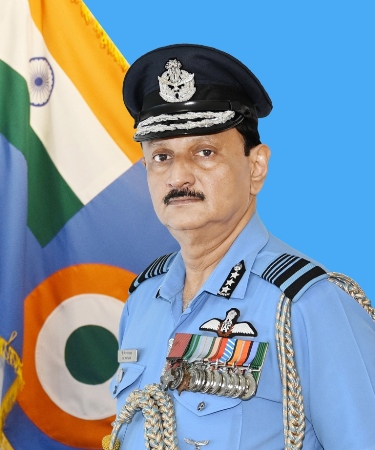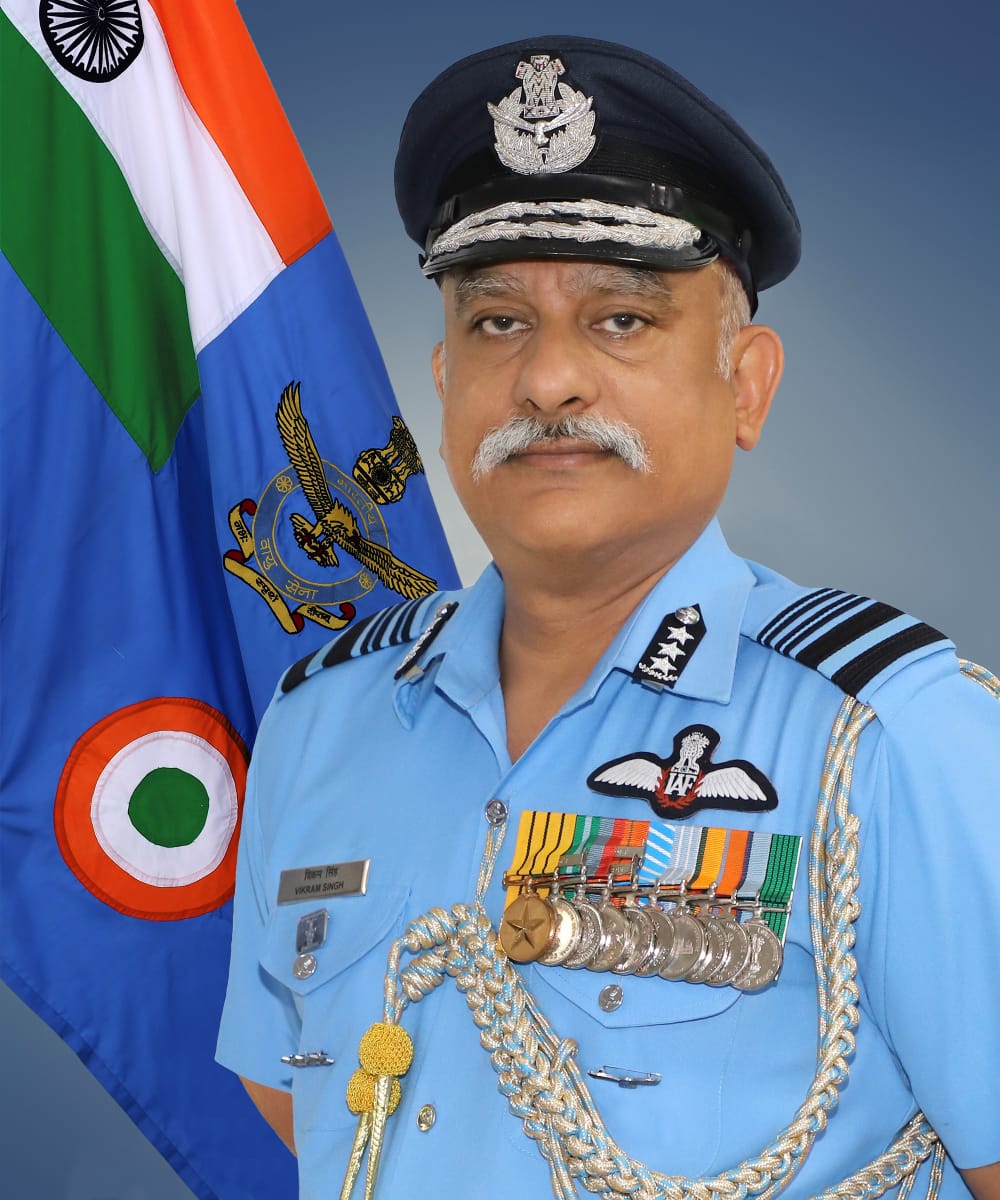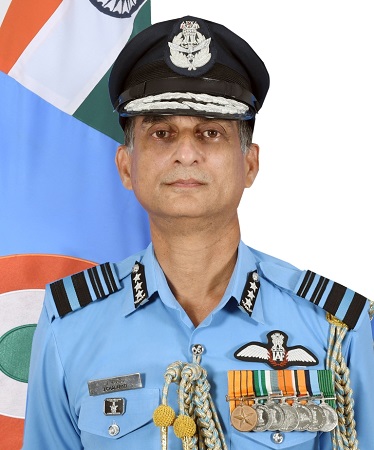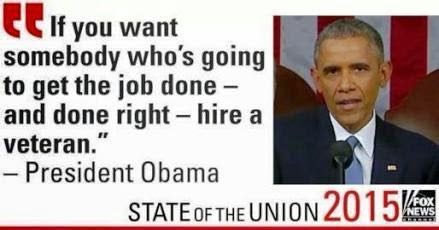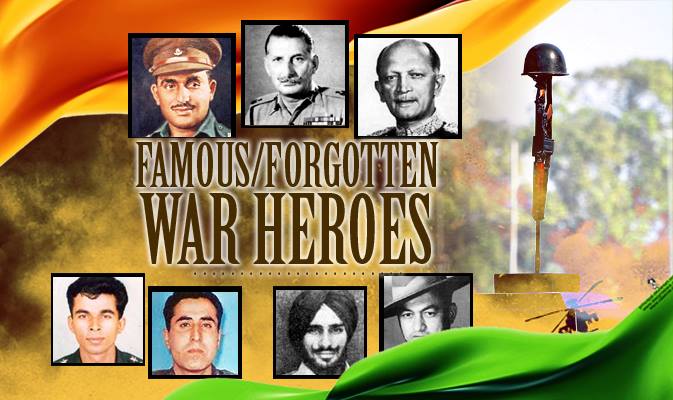
Jaipur, December 22, 2024 – Lieutenant Colonel Tripti Arya, a decorated officer of the Indian Army’s Army Service Corps, was honored with the “Best Security Leadership Award” at the ForeverBusiness Awards, Season 6. The prestigious event took place at Zee Studios, Jaipur, Rajasthan, recognizing individuals making extraordinary contributions in their fields. Former Bollywood actor and model mr. Rahul Dev presented the awards, adding a touch of stardom to the evening.
A Career Defined by Leadership and Service
Lt Col Tripti Arya’s illustrious 14-year career in the Indian Army exemplifies courage, dedication, and excellence. As an officer in the Army Service Corps, she has led critical logistical missions, including aerial deliveries, casualty evacuations, and counter-insurgency operations in high-risk areas such as the Line of Control in Kashmir and the Indo-China Border.
Her exceptional leadership skills were recognized in 2021 when she was awarded the “General Officer Commanding-in-Chief Commendation, Northern Command” for her outstanding service.
Educational Excellence and Expertise
A graduate of the Officers Training Academy, Chennai, Lt Col Tripti is an expert in advanced shooting, close-quarter combat, high-altitude warfare, and aerial operations. She further enhanced her skills by pursuing studies in Supply Chain Management at IIM Indore and IIM Mumbai, specializing in operations management. Her strategic insights have set benchmarks for logistical excellence in the Indian Army.
A Trailblazer in Empowerment and Mental Well-Being
Lt Col Tripti Arya is also a certified counseling psychologist, supporting the mental health of soldiers and their families with compassion and professionalism. Beyond her military duties, she is a vocal advocate for women’s empowerment and gender equality in the armed forces. She has actively participated in UN Women Welfare programs and mentors young officers, fostering leadership and inclusivity.
Words of Gratitude
Accepting the award, Lt Col Tripti said, “This recognition is not just a personal achievement but a reflection of the collective dedication of the armed forces. I am grateful for the support of my family, colleagues, and mentors who have shaped my journey. I hope to inspire others to lead with courage, empathy, and resilience.”
Celebrating Excellence in Leadership
The Forever Business Awards 2024, Season 6, celebrated trailblazers from diverse industries, with Lt Col Tripti Arya’s recognition shining a light on the critical contributions of security and leadership professionals. Dr. Rahul Dev, who presented the award, praised the winners, remarking, “Leaders like Lt Col Tripti Arya remind us of the importance of dedication, strength, and vision in safeguarding our nation.”
Lt Col Tripti Arya’s remarkable career and unwavering commitment to service continue to inspire future generations, making her a beacon of excellence in security and leadership.

